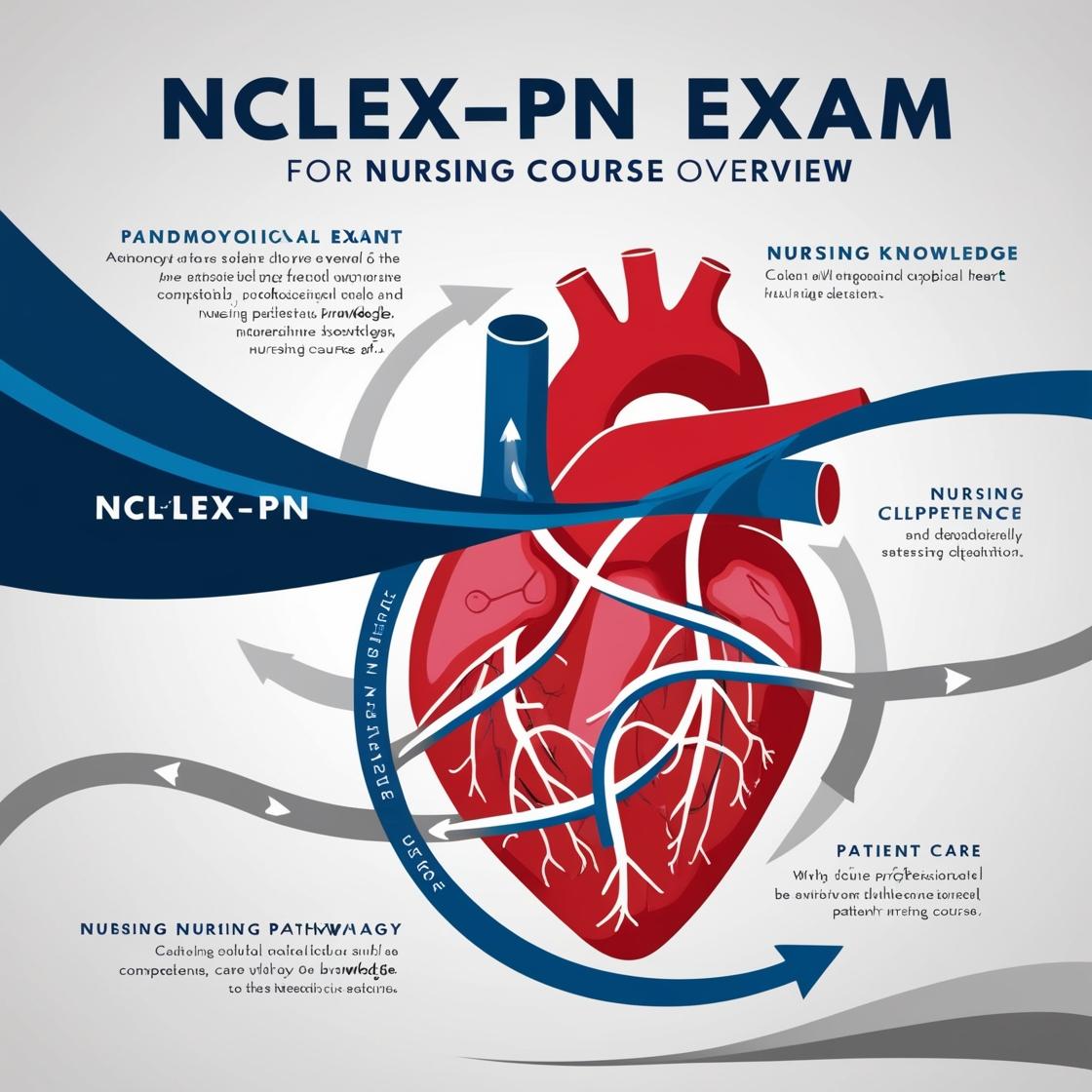NCLEX-PN
Best NCLEX Next Gen Prep
1. When a client wishes to improve her appearance by removing excess skin from her face and neck, the nurse should provide teaching regarding which of the following procedures?
- A. dermabrasion
- B. rhinoplasty
- C. blepharoplasty
- D. rhytidectomy
Correct answer: D
Rationale: The correct answer is 'rhytidectomy.' Rhytidectomy, commonly known as a face-lift, is the procedure for removing excess skin from the face and neck. Dermabrasion involves spraying a chemical to freeze the skin lightly, followed by abrasion with sandpaper or a revolving wire brush, used for removing scars, severe acne, and tattoo pigment. Rhinoplasty is for improving the nose's appearance by reshaping the nasal skeleton and overlying skin. Blepharoplasty removes loose and protruding fat from the upper and lower eyelids. Therefore, when a client wants to address excess skin in the face and neck, rhytidectomy is the appropriate procedure.
2. An assessment of the skull of a normal 10-month-old baby should identify which of the following?
- A. closure of the posterior fontanel.
- B. closure of the anterior fontanel.
- C. overlap of cranial bones.
- D. ossification of the sutures
Correct answer: A
Rationale: The correct answer is the closure of the posterior fontanel. By 10 months of age, the posterior fontanel should be closed. The anterior fontanel typically closes around 12-18 months of age. Overlapping of cranial bones is not a normal finding and may indicate craniosynostosis, a condition where the sutures close too early. Ossification of the sutures is also not a normal finding in a 10-month-old baby as the sutures should remain open to allow for the growth of the skull.
3. An LPN is tasked with checking the narcotic count on a medical-surgical unit. Which statement by the LPN requires further investigation?
- A. "I need a witness when I waste the leftover narcotics in the client's PCA pump."?
- B. "I am going to check the facility's policy for how to dispose of this controlled substance."?
- C. "I left the narcotics box unlocked after confirming the beginning of shift count was correct."?
- D. "The end of shift narcotics count is incorrect and needs to be reported."?
Correct answer: C
Rationale: The LPN's statement about leaving the narcotics box unlocked after confirming the beginning of shift count was correct requires further investigation. Narcotics should be locked and kept in a secure place during the shift to prevent unauthorized access and ensure patient safety. This statement raises concerns about medication security, which is critical in preventing diversion and ensuring patient safety. The other statements demonstrate appropriate actions: A) The LPN acknowledges the need for a witness when wasting leftover narcotics, ensuring proper documentation and accountability during medication waste. B) Checking the facility's policy for proper disposal of controlled substances shows awareness of regulatory compliance regarding controlled substances. D) Recognizing an incorrect end-of-shift narcotics count and planning to report it reflects the LPN's responsibility in maintaining accurate records and addressing discrepancies, which is essential for medication safety and accountability.
4. What ethical obligations do professional nurses have according to the ANA Code of Ethics for Nurses?
- A. patients.
- B. the nursing profession.
- C. provide high-quality care.
- D. all of the above
Correct answer: D
Rationale: The correct answer is 'all of the above.' According to the ANA Code of Ethics for Nurses, professional nurses have ethical obligations to patients (clients), the nursing profession, and providing high-quality care. These elements are fundamental principles outlined in the code of ethics to guide nurses in their practice. Choice A is correct as nurses prioritize the well-being and care of their patients. Choice B is correct as nurses are expected to uphold the values and integrity of the nursing profession. Choice C is correct as providing high-quality care is a core ethical obligation of nurses. Therefore, all the choices align with the ANA Code of Ethics for Nurses.
5. How often should the nurse change the intravenous tubing on total parenteral nutrition solutions?
- A. every 24 hours
- B. every 36 hours
- C. every 48 hours
- D. every 72 hours
Correct answer: A
Rationale: The correct answer is 'every 24 hours.' Changing the intravenous tubing on total parenteral nutrition solutions every 24 hours is crucial due to the high risk of bacterial growth. Bacterial contamination can lead to serious infections in patients receiving total parenteral nutrition. Choices B, C, and D are incorrect because waiting longer intervals between tubing changes increases the risk of bacterial contamination and infection, compromising patient safety. It is essential to maintain a strict 24-hour schedule to minimize the risk of complications associated with bacterial contamination.
Similar Questions

Access More Features
NCLEX PN Basic
$69.99/ 30 days
- 5,000 Questions with answers
- Comprehensive NCLEX coverage
- 30 days access @ $69.99
NCLEX PN Premium
$149.99/ 90 days
- 5,000 Questions with answers
- Comprehensive NCLEX coverage
- 30 days access @ $149.99
